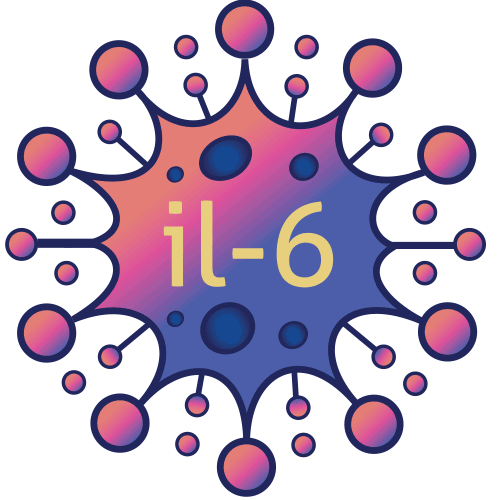The Human Body, Natural Elements and IL-6
- From The Mind of AI

- Nov 17, 2024
- 1 min read
Updated: Dec 13, 2024

It’s easy to forget sometimes that your body is made from elements of the Earth essential for its structure, function, and biochemical processes resulting in health and happiness. These elements are often categorized into major elements, trace elements, and ultrarace elements based on the quantities present in the body.
Element Category | Element | Role in the Body | Percentage in Body |
Macrominerals | Oxygen (O) | Cellular respiration, component of water and organic molecules | ~65% |
Carbon (C) | Backbone of organic molecules (proteins, lipids, carbohydrates) | ~18% | |
Hydrogen (H) | Found in water and organic molecules, pH balance | ~10% | |
Nitrogen (N) | Key component of proteins, nucleic acids | ~3% | |
Calcium (Ca) | Bone formation, muscle contraction | ~1.5% | |
Phosphorus (P) | Part of bones, teeth, ATP, and nucleic acids | ~1% | |
Trace Elements | Iron (Fe) | Component of hemoglobin, oxygen transport | ~0.006% |
Zinc (Zn) | Immune function, DNA synthesis | ~0.003% | |
Copper (Cu) | Iron metabolism, red blood cell formation | ~0.0001% | |
Ultratrace Elements | Chromium (Cr) | Blood sugar regulation by enhancing insulin action | Trace |
Boron (B) | Supports bone health, calcium and magnesium metabolism | Trace | |
Nickel (Ni) | Possible role in enzymatic processes | Trace |
The human body is made up of a complex blend of major and trace elements that are crucial for its structure, function, and metabolism. While the major elements like oxygen, carbon, hydrogen, and nitrogen form the bulk of our body's mass, trace elements like iron, zinc, and iodine play critical roles in specific physiological processes.
Even ultratrace elements may have roles in human health, though their functions are less understood. Maintaining a proper balance of these elements through a healthy diet is key to supporting overall health.




Comments